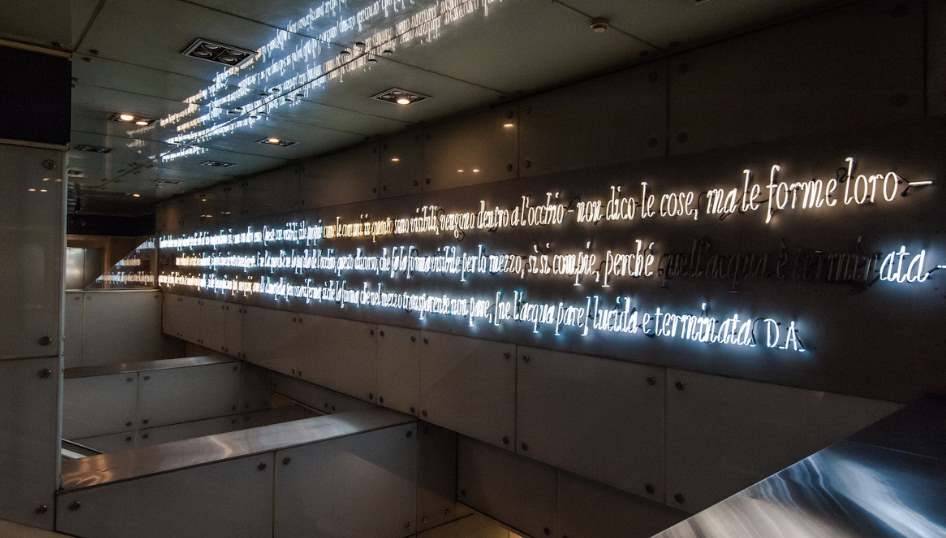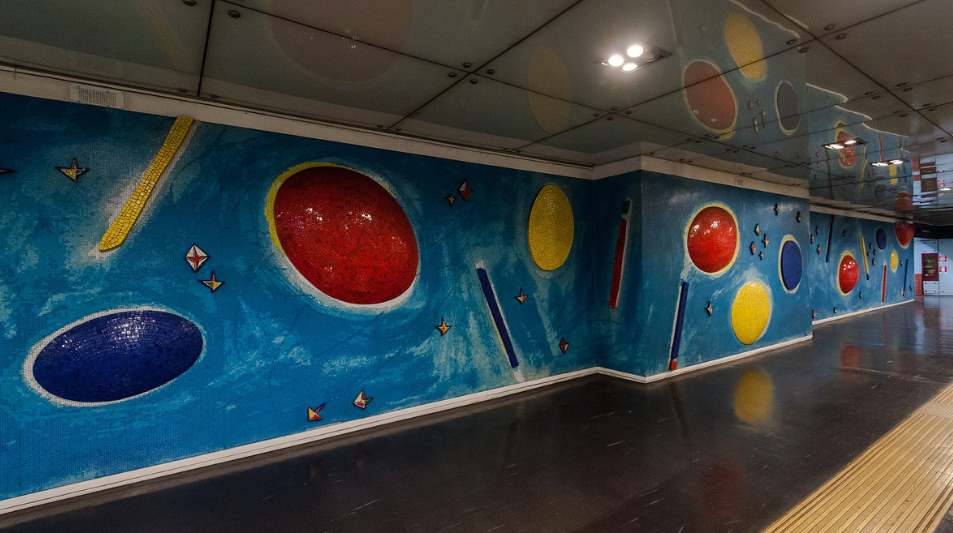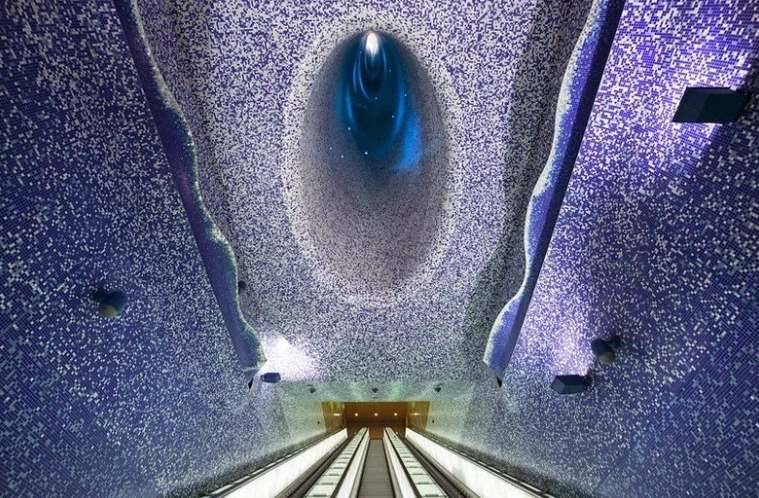Moscow residents, and indeed all Russians in general, are accustomed to perceiving the metro as an element of architectural, and not only, art. However, in most parts of the world, the metro is a more utilitarian thing. This is exactly public transport. The most famous examples are New York, London, Paris.
It was believed that beauty should be on the surface, but underground, but what beauty is there, pure functionality. However, in recent years, public places of favorite tourist destinations have become real art objects, and the metro is no exception. Underground stations give a boundless flight of imagination to designers, artists, architects, thanks to whose creativity they become artistic masterpieces. Some of the most unusual metro stations can be found in Naples, Italy. Someone might say that many Moscow stations are more beautiful, but, in my opinion, they are a reflection of the era, its monument, while such stations as in Naples are more likely to embody the ideas of modernity.
Over the past decade, more than 10 metro stations have appeared in Naples, pleasing the eyes of local residents and tourists with their design. The idea of making metro stations more attractive began to come true under the leadership of the former director of the Venice Biennale - Achille Bonto Oliva. Thanks to the efforts of more than 90 artists, including world famous Karim Rashid, Alessandro Mendini, Michelangelo Pistoletto, metro stations have been radically transformed.
Toledo Metro is considered the most beautiful subway in Europe, which is located under a busy and popular shopping street. It was opened to passengers in September 2012. The project was proposed by designer Oscar Taskerts Blanca and brought to life with the participation of artists William Kentridge and Robert Wilson.
The water and air elements became the leading design motives, the plan was achieved thanks to the use of small mosaics in the design, which lined the entire interior of the station.
Another unusual station striking in its beauty is Dante. It was inaugurated in March 2011 and was designed by renowned Italian architect Gae Aulenti. The entrance to it is made of glass and metal and looks rather laconic.
Along the route of the escalator, one can observe a neon installation from a series of works by the American artist J. Kossuth. It is a quote from the work of Dante Pir, which is why it got its name.

The lower you go underground, the more interesting the design becomes. On the next level, the walls are decorated with art objects by the Italian artist Giannis Kounellis in the “arte povera” style, when objects that are far from art are used for decoration. The walls of the station are decorated with iron beams that hold numerous pairs of shoes.

Going down below, the traveler will find himself at a large mirror by Michelangelo Pistoletto "Intermediterraneo", which, at first glance, is a set of lines, but according to the author's idea it is a symbolic outline of the Mediterranean Sea.

On the last level, the walls are decorated with a mosaic composition by Nicolo de Maria "Universe without bombs", which resembles a cheerful child's drawing.

The platform itself is made in contrasting colors of the opposite walls - black and white.
Another metro station, Univercita, impresses with its curved lines, riot of colors and bizarre shapes. It is, perhaps, the most harmoniously designed, as it was made within the framework of the project of one designer - Karim Rashid. The entrance to the subway is lined with unusual tiles with graffiti on the walls and a sort of space tiles on the floor.
The ceiling is a surface dotted with lines through which bright light oozes.The station lobby is like a museum space: one wall is a luminous panel with unusual graphics, the columns are designed in the form of a human profile, the central part is occupied by the art object "Synapses".

The Garibaldi station strikes, rather, not in design, but in its scale. It is located near the main station of Naples, next to a huge underground shopping center. Its design and design was carried out by the famous architect, who almost became the author of a new type of stage for the Mariinsky Theater in Russia - Dominique Perrault Columns.
At the entrance to the metro, there are pillars that support the roof. They are made in the form of sticks-stalks, on which plastic snails nestled comfortably. Passages, descents and escalators are something cosmic due to their metallic luster and regularity of shapes.

In the lower vestibule there is a panel, on the mirror surface of which the passengers are painted in full size by the artist Michelangelo Pistoletto. The platform itself is made in the "underground" style, where communication elements are part of the overall decor picture, and the walls are lined with dark brown tiles.









